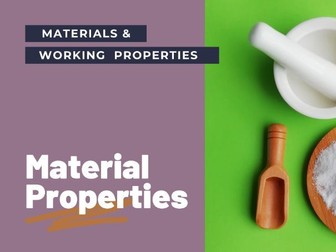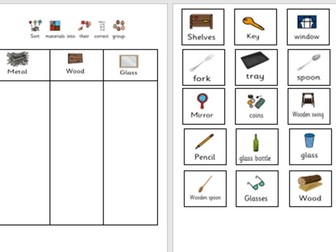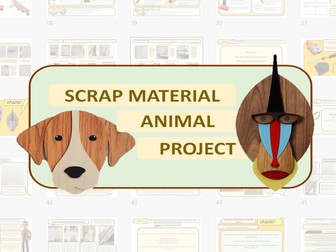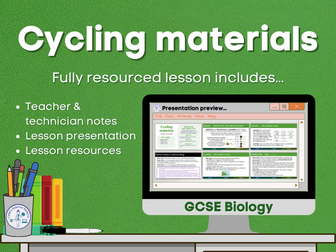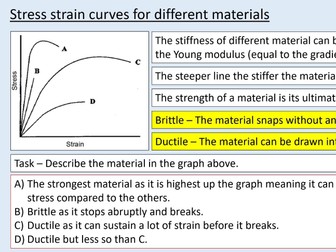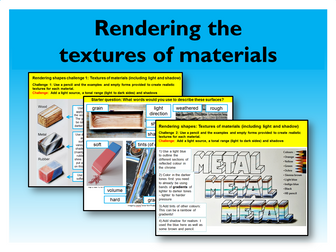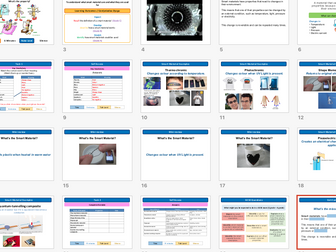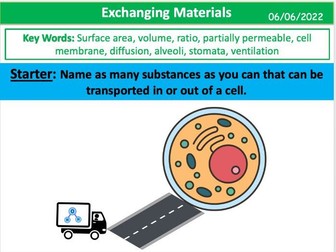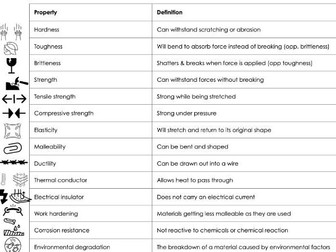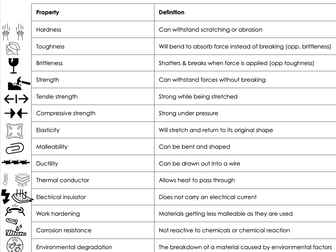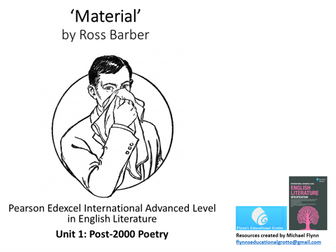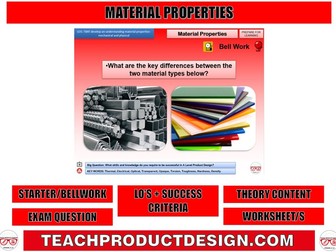Materials and their properties
<p><strong>Worksheet 1 of 6.<br />
Purchase as a complete 6 pack (Materials and Manufacturing 6 pack) and pay only £3.80 per Worksheet (a huge 20 % discount).</strong></p>
<p>Content</p>
<p>Increase students understanding of material properties in relation to wood, metal and plastic.</p>
<p>-Woods (Natural and Manmade)<br />
-Metals (Ferrous and Non-ferrous)<br />
-Plastics (Thermoplastics)</p>
<p>The following properties are explained:</p>
<p>-Strength (Compressive and Tensile)<br />
-Toughness<br />
-Hardness<br />
-Density<br />
-Conductivity</p>
<p>Ideal for students in upper KS3 or for GCSE revision.</p>
<p>Clear and concise worksheet for an individual stand-alone lesson but ideal as part of a series of 6 worksheets to encourage progression, connected learning and culminating in a summative assessment.</p>
<p>This worksheet is designed to be used in landscape orientation and can be printed in A4 format but A3 is advised for the maximum learning experience of the student.</p>

